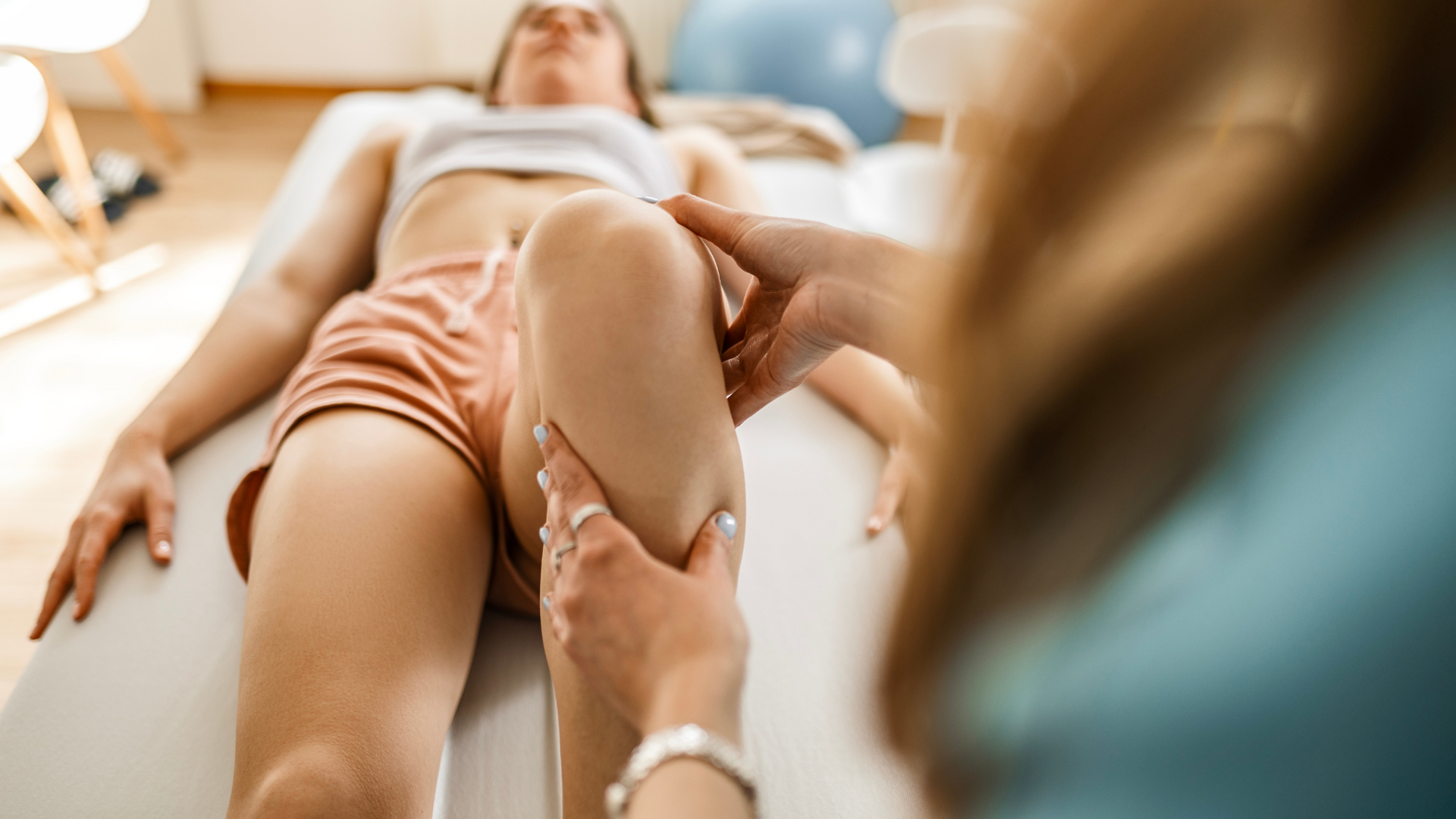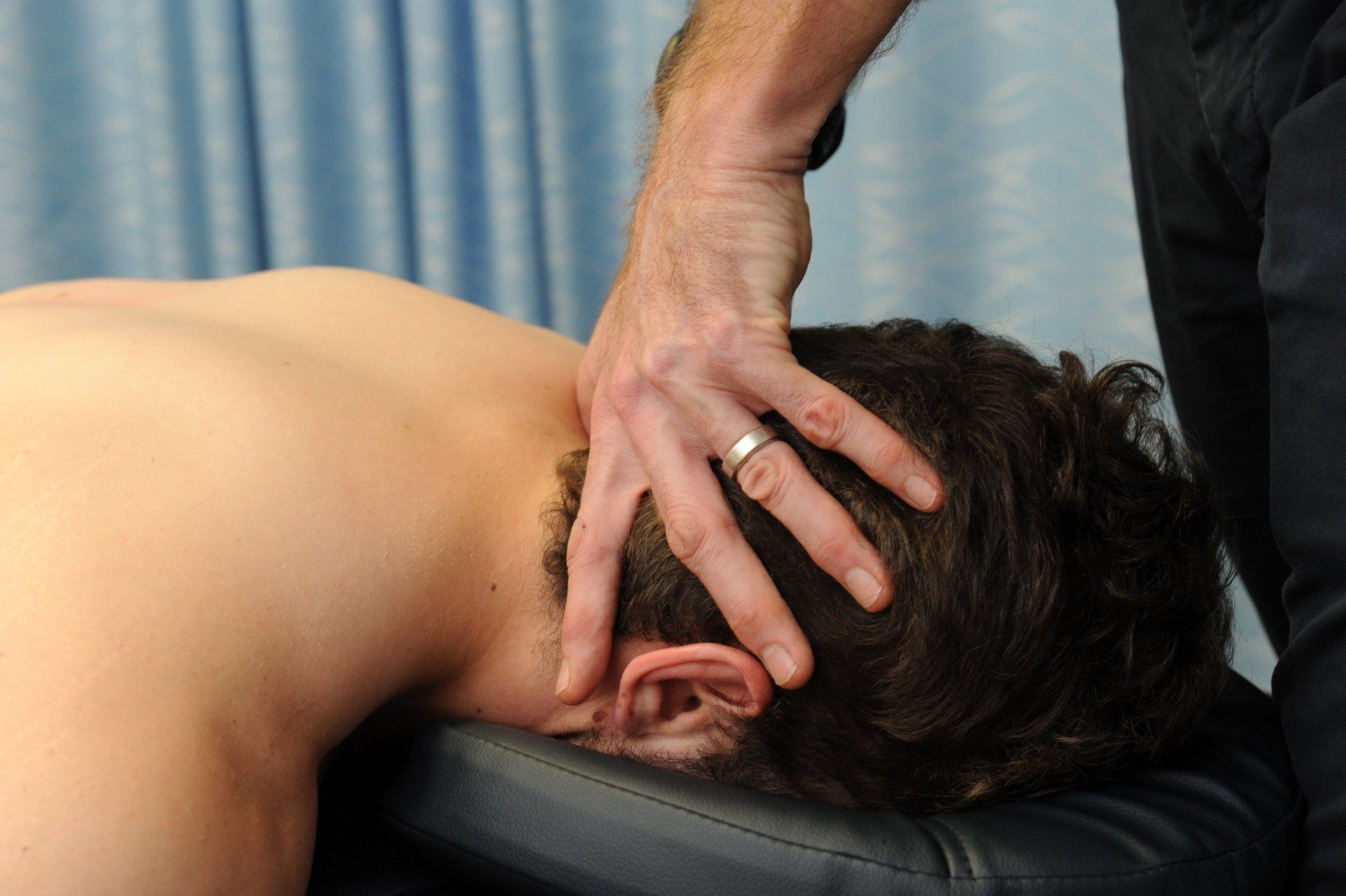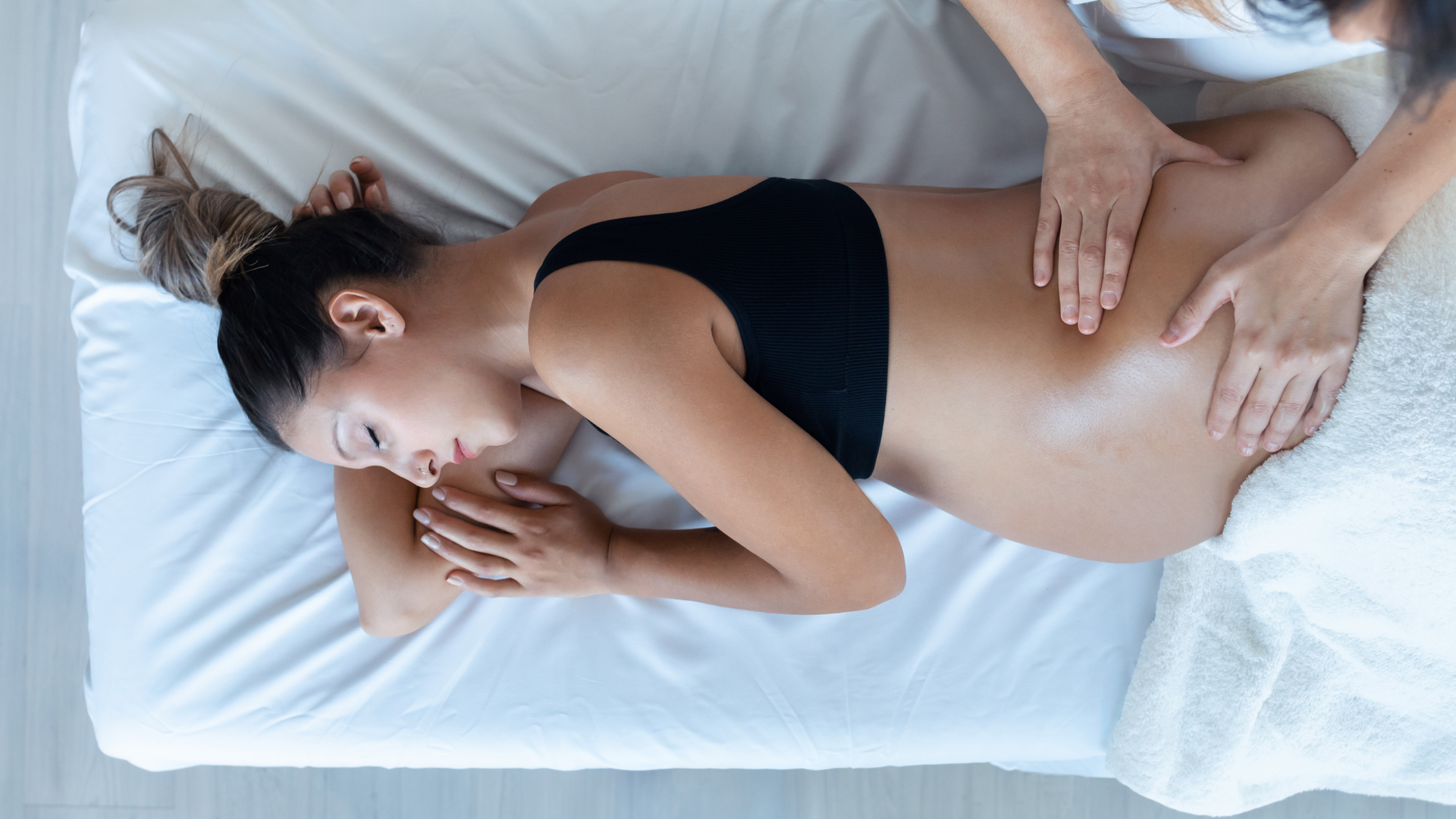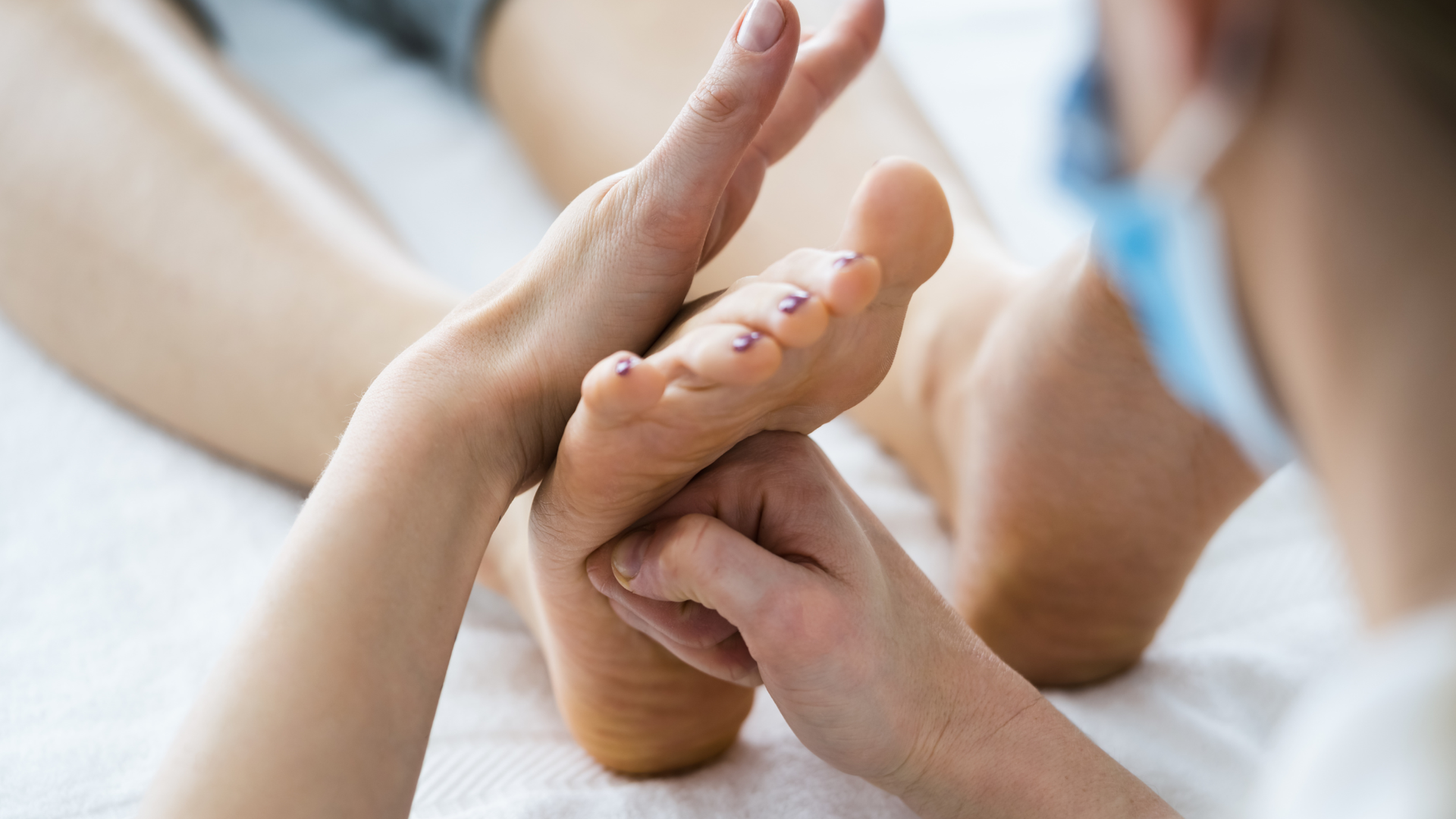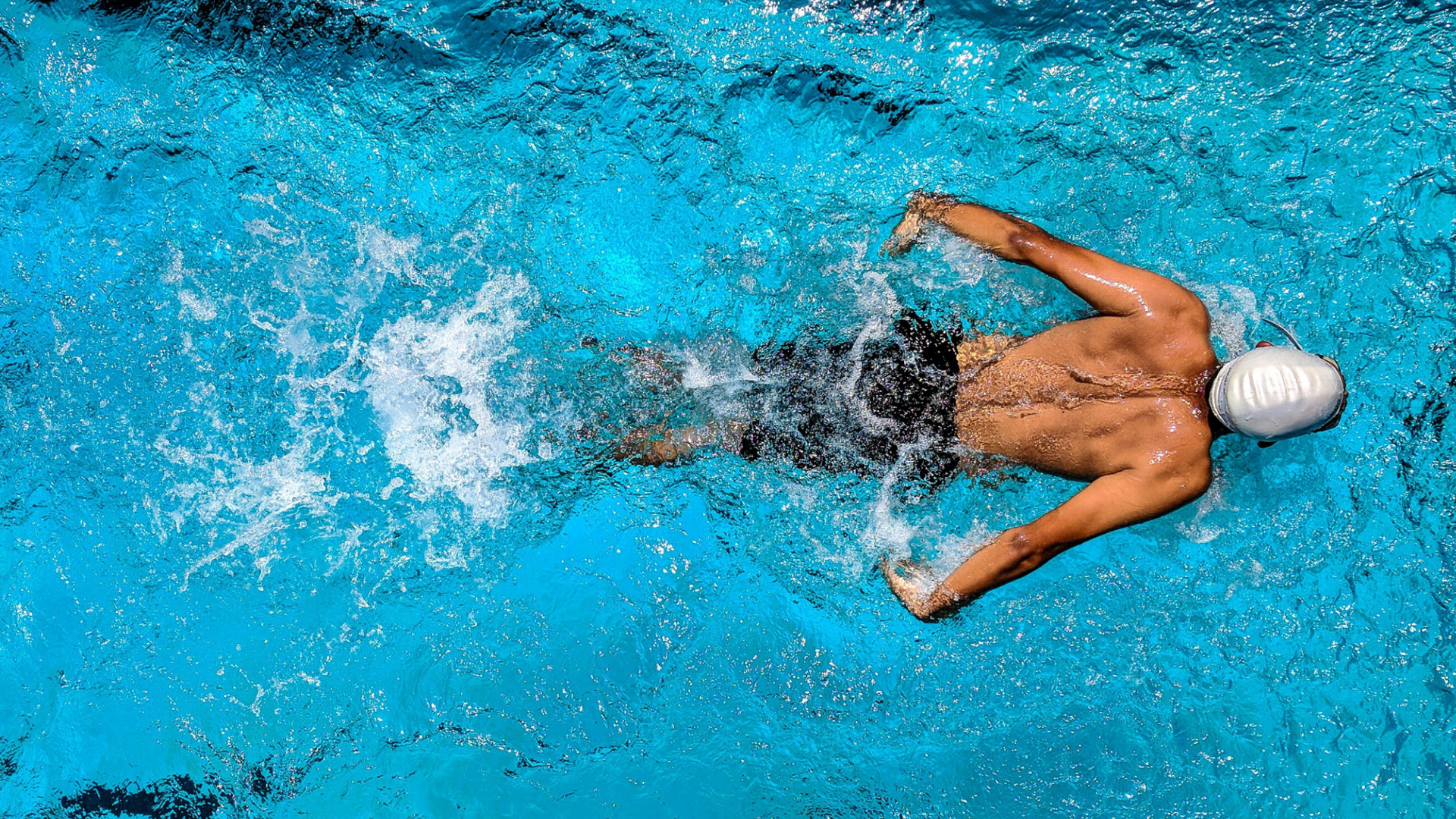The Hand - Skier's Thumb
It's not just skiers who get Skier's thumb.

Even though we live in the tropics, there is a big cohort of skiers and snowboarders in Darwin that venture to northern hemisphere winters or hang out for a trip to Perisher or Mount Buller in the Aussie winter to get in some turns.
Part and parcel with winter sports are injuries, and skier’s thumb is one of the more common presentations we see.
Named due to its propensity in skiers, this injury occurs when the thumb is pulled backwards, often when falling onto the hand, and exacerbated by the ski pole. Of course, skier’s thumb is not just isolated to skiers. This mechanism of injury can occur in many activities, including shooting (thus the other name for the same injury, Gamekeeper’s thumb, though the mechanism of injury is chronic overload), hockey, basketball, football and in work-related incidents.
A little bit of anatomy.
The hand is a complex area, with plenty of small bones, ligaments, muscles, and tendons contributing to the high dexterity and functionality of the hand. To keep it simple, we have 2 rows of carpal bones in the wrist, metacarpals (long bones of the hand) and the phalanges (finger bones).
The point where the metacarpal and the phalanx meet is called the metacarpophalangeal (abbreviated to 'MCP') joint. The first MCP joint has a ligament either side, called a collateral ligament, and it is the inside ligament, the ulnar collateral ligament, that is injured with Skier’s thumb.
Skier’s thumb is a spectrum of injury, ranging from mild sprain (Grade 1) through to complete rupture (Grade 3) of the ulnar collateral ligament (UCL) of the thumb’s MCP joint. It occurs when the thumb hyperabducts (moves outwards) comparative to the hand and is most common in skiers who fall on their outstretched hand while still holding the ski pole.
Early Assessment
We’re big advocates for early intervention, as it generally results in superior outcomes to a wait and see approach.
Skier’s thumb is no different - get it seen early! People who sustain this injury will present with localised pain, particularly with simple tasks like holding water bottles or preparing meals, and joint instability. If the injury is still in the acute phase (ie. the first few days), then there will be bruising, swelling and inflammation.
Diagnosing Skier’s thumb is relatively straight forward – mechanism of injury, palpation and some joint stress tests are usually enough to formulate a basic diagnosis. However, like many injuries, the devil is in the detail, and with Skier’s thumb there several considerations including the degree of ligament rupture, involvement of the volar plate, a Stener lesion, or an avulsion fracture, as well as ruling out other potential causes of pain.
Do I need an Xray?
Yep. Xray remains a keystone of management. Ligaments join bone to bone, and it is not uncommon for a bone injury to occur at the same time. Presence of a fracture will change management, so it is important to have all presentations of Skier’s thumb x-rayed at a minimum, with consideration given to ultrasound and MRI in some circumstances.
Stener lesion
A Stener lesion occurs when both the proper and accessory components of the ligament have been injured and the ligament retracts. This can be assessed clinically by checking thumb MCP joint stability in 30 degrees of flexion and in full extension and comparing stability with the uninjured side. If a Stener lesion is suspected, healing of the ligament is unlikely and referral to a hand surgeon is indicated.
Non-surgical management and Return to Activity
If the ligament has been partially torn, and there are no other complications identified, management will involve immobilisation in a thumb spica splint that includes the wrist for a period of about a week followed by a thumb spica that allows movement of the distal thumb only for a further 6 weeks.
We like to use Donjoy Exos splints - they are lighter, easily modifiable, and more comfortable (and you can get them wet, an important consideration in the tropics!).
Some physiotherapy can commence at about the 4 week mark, however it is important to keep the splint on at all other times. After the 6 week mark, the splint can be reduced to high risk situations only, such as return to work or sport. Ongoing physiotherapy involves joint mobilisation and tendon gliding, with strengthening work from about the 8 week mark. Unrestricted activity is usually not permitted until about the 12 week mark.
Surgical Treatment
Referral to a hand surgeon is warranted in most cases for an opinion on best management and is still considered the gold standard in management of Skier’s thumb.
Surgery is indicated where:
- Assessed joint stability is grossly unstable;
- A displaced avulsion fracture is identified, and/or
- A Stener lesion is suspected.
Ensuring these are suitably managed is essential for regaining normal thumb function and maintaining joint stability for the longer term.
Following surgery, management is similar to non-surgical management, albeit with some variations in time frames dependent on the surgeon’s protocols.
The Take Home
Skier’s thumb has a serious risk of disabling chronic instability if not treated adequately. It requires careful assessment and management to ensure function is returned to normal and potential complications are considered and managed. In most cases, referral to a specialist hand surgeon or sports physician for opinion is warranted. Importantly, function can be improved, and rehabilitation times reduced for Skier’s thumb through protective joint mobilisation and graded strengthening programs.
Have you fallen and injured your thumb or sprained the thumb joint playing sport?
We're part of a well connected group of local health care providers including surgeons, doctors
and allied health care providers who love helping people get back to doing what they enjoy most.
Give us a call on 08 8945 3799 or book an appointment online.
Sources
- Adler, T., Eisenbarth, I., Hirschmann, M. T., Müller‐Gerbl, M., & Fricker, R. (2012). Can clinical examination cause a Stener lesion in patients with skier's thumb?: a cadaveric study. Clinical Anatomy, 25(6), 762-766.
- Anderson, D (2010). Skier’s Thumb. Australian Family Physician, 39(8), 575-577.
- Gibbs DB and Shin SS (2020). Return to Play in Athletes After Thumb Ulnar Collateral Ligament Repair With Suture Tape Augmentation. The Orthopaedic Journal of Sports Medicine, 8(7). DOI: 10.1177/2325967120935063
- Fricker, R., & Hintermann, B. (1995). Skier’s thumb: Treatment, prevention and recommendations. Sports Medicine, 19, 73-79.
- Kukadia J and Ashwood N (2017) Gamekeepers Thumb. Trauma, 19(1) 11–20. DOI: 10.1177/1460408616648064
- Lark, M. E., Maroukis, B. L., & Chung, K. C. (2017). The Stener lesion: historical perspective and evolution of diagnostic criteria. Hand, 12(3), 283-289.
- Le Lardic, C (2019). Stiffness and pain of the thumb after sprain of the ulnar collateral ligament of the metacarpophalangeal (UCL).
- Madan SS, Pai DR, Kaur A and Dixit R (2014). Injury to Ulnar Collateral Ligament of Thumb. Orthopaedic Surgery, 6:1–7. DOI: 10.1111/os.12084
- Patel S, Potty A, Taylor EJ and Sorene ED (2010). Collateral ligament injuries of the metacarpophalangeal joint of the thumb: a treatment algorithm. Strategies in Trauma and Limb Reconstruction, 5:1–10. DOI 10.1007/s11751-010-0079-7
- Rocchi L, Merolli A, Morini A, Monteleone G and Foti C (2013). A modified spica-splint in postoperative early-motion management of skier's thumb lesion: a randomized clinical trial. European Journal of Physical and Rehabilitation Medicine, 50(1), 49-57.
